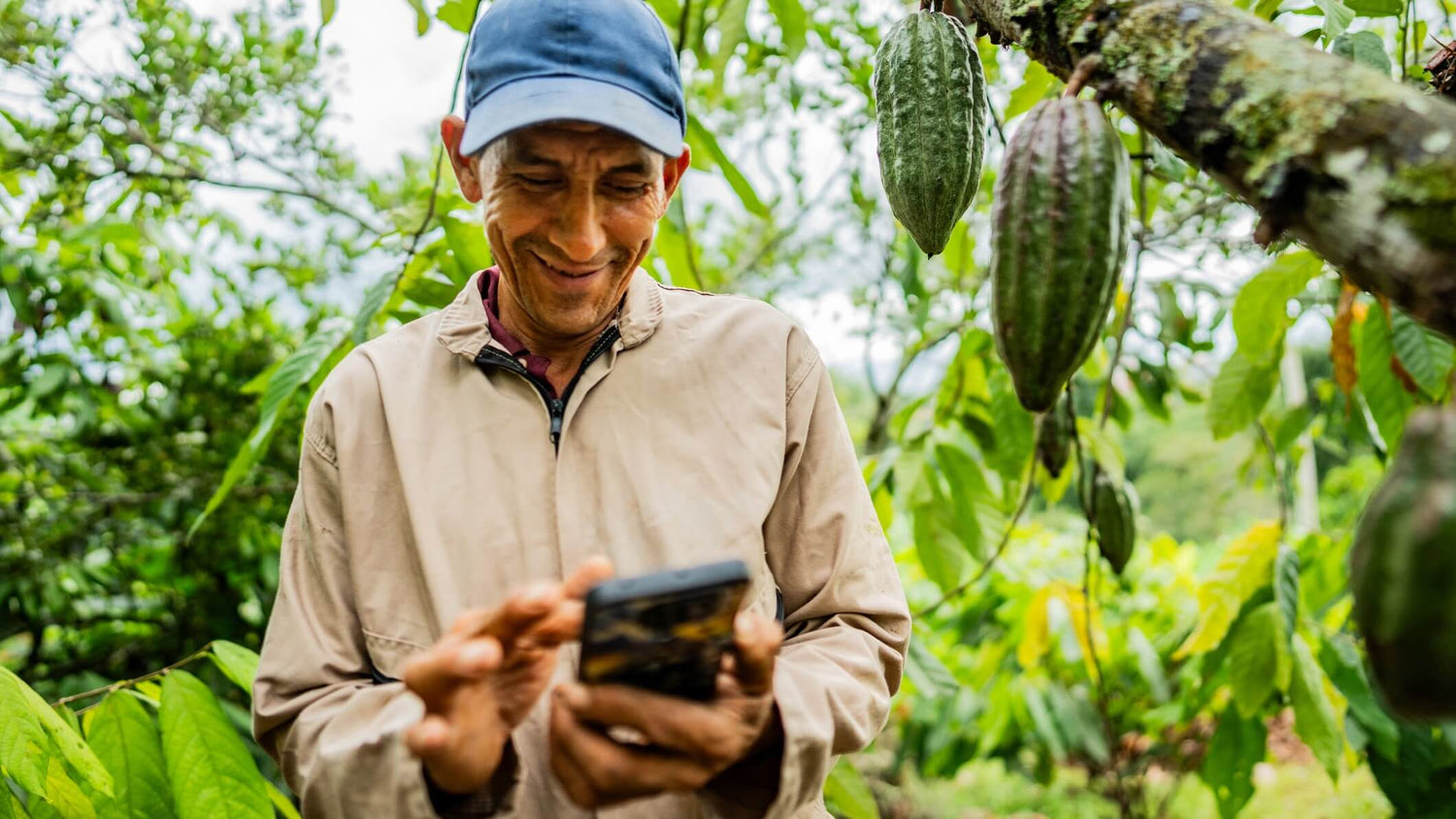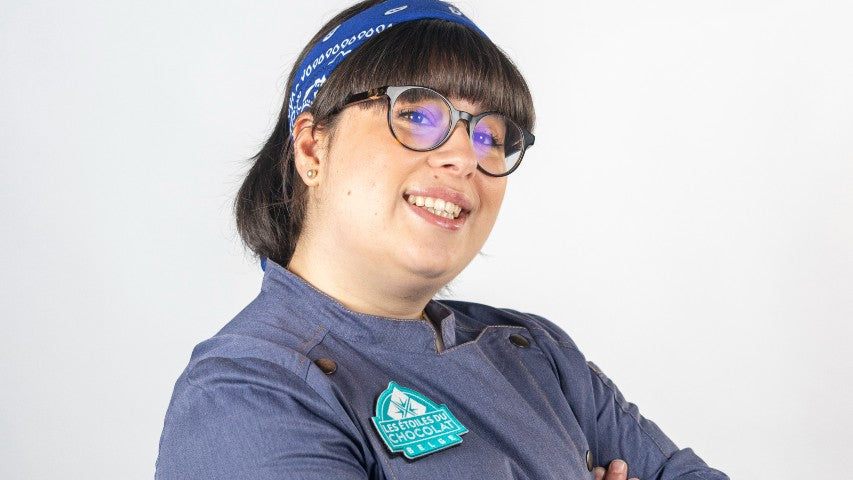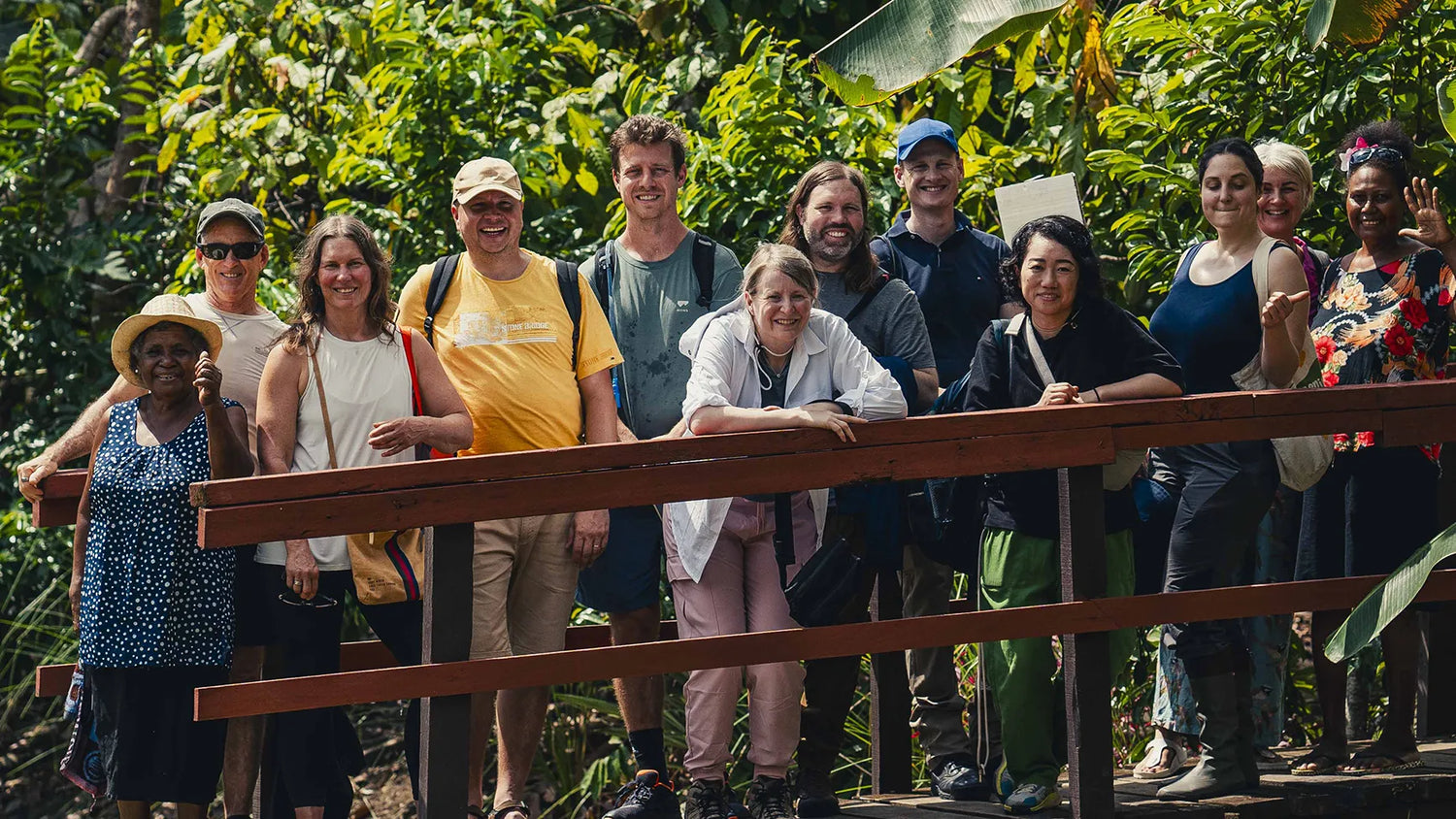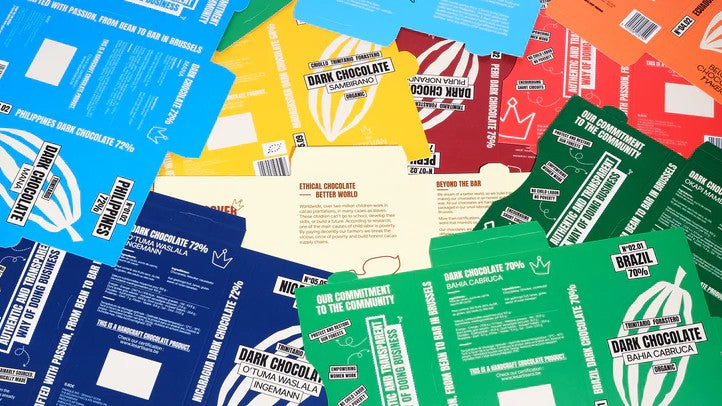Main changes and their impacts on cacao producers
Instead, producers outside the EU will now be required to meet the same standards as European farmers, covering everything from crop rotation and soil management to the governance of farmer groups. For smallholder cacao producers across Latin America, Africa, and Asia, this change represents both a challenge and a turning point, as compliance may demand restructuring, formalisation, and new investments to remain in the EU organic market.
What’s changing and what it means for cacao producers
1. End of equivalence: full alignment now required
- Mandatory crop rotation and strict soil fertility rules
- Continued prohibition of synthetic inputs
- A stricter definition of the “production unit,” meaning the entire farm must now be certified organic
➤ Impact
This shift hits smallholders the hardest. Many farmers working in agroforestry or mixed-farming systems may find that practices once accepted under local standards no longer qualify. To keep their access to the EU organic market, they’ll need to adapt production methods, a costly and complex process, or risk losing out entirely.
2. Who gets to be certified? New limits on certification holders and group models
A. Only cooperatives and producer associations can hold certificates
Private companies are no longer permitted to hold organic certificates on behalf of farmers. Instead, certification must rest with cooperatives or legally recognised producer associations. This marks a fundamental departure from the previous system, where exporters or social enterprises often managed certification and organised supply chains.
➤ Case in point: Kokoa Kamili, Tanzania
Kokoa Kamili, a well-known social enterprise in Tanzania, works with hundreds of smallholder farmers. Under the old model, the company itself could hold the organic certificate. Under the new rules, it had to help its farmers create a formal association with legal status and governance structures. That meant additional time, financial resources, and administrative support, a serious challenge in regions where cooperative traditions are weak or where farmers have limited access to legal and organisational support.
➤ Impact
For many smallholder communities, this change raises the entry barrier. Forming and managing legally compliant groups requires capacity, training, and resources. Without strong organisational support, producers risk being excluded from the EU organic market.
B. Stricter rules on group certification
Group certification has long been the backbone of smallholder participation in the organic cacao market. It allowed thousands of small farms to share compliance costs under a single umbrella. But under the new regulation, the rules are becoming much tighter:
- Maximum of 2,000 producers per certified group. Previously, cooperatives could include thousands of farmers under one certificate. Now, groups must be broken into smaller units, multiplying the administrative and financial burden of certification.
- No more “mixed farms”. The entire farm is now considered a single production unit. Farmers can no longer grow organic cacao on one plot and conventional crops on another within the same farm. Every field must be organic.
➤ Case in point: Peru
Many Peruvian cacao farmers grow staple crops like maize or rice for their families and local markets, alongside cacao for export. Even without contamination risks, these farmers must now either split their land into separate legal entities or abandon non-cacao crops altogether. Both options are costly and complex, and for some, organic certification is simply no longer viable.
Individual audits for larger farms. Any farm larger than 5 hectares or generating more than €25,000 in sales can no longer remain in a group. Instead, they must undergo a full individual audit.
➤ Case in point: Dominican Republic
With international cacao prices ranging between US$8–12/kg, many Dominican farmers easily surpass the €25,000 sales threshold. The cost of an individual audit often outweighs the organic premium, making certification financially unattractive and pushing farmers away from the organic system.
➤ Impact
For smallholders, these stricter rules represent a double bind: higher costs and tighter restrictions, with fewer benefits. For some communities, staying organic under EU rules may no longer make economic sense, potentially shrinking supply for Europe’s high-value chocolate market.
➤ Overall impact
The new rules significantly increase administrative and compliance requirements for cacao producers. Some may manage the necessary reorganisation into legal producer associations or smaller groups, but for others, the changes could be a breaking point. Smallholder farmers, particularly in countries without strong cooperative systems or with diverse farming practices, risk being pushed out of the organic sector entirely, which could reduce the availability of certified cacao for the EU market.
3. Three years before you’re organic: the new transition rule
➤ Impacts include:
- A much higher barrier for new farmers or regions hoping to enter the organic market
- Producers forced to follow organic practices during transition years without earning organic premiums
- Slower return on investment, which discourages the expansion of organic cacao
- Agroforestry systems and farms that were “organic by default” losing their fast-track path to certification
In short, this blanket rule makes the certification process more uniform across the globe, but also less accessible, potentially slowing the growth of new organic cacao origins.








